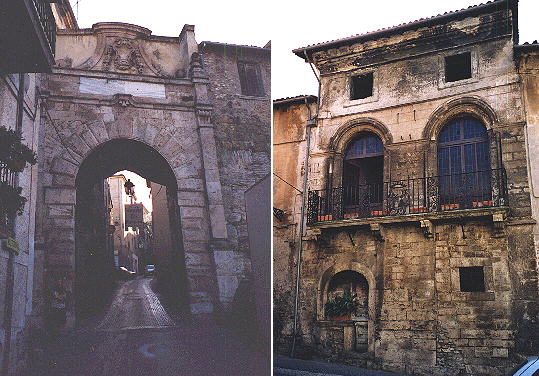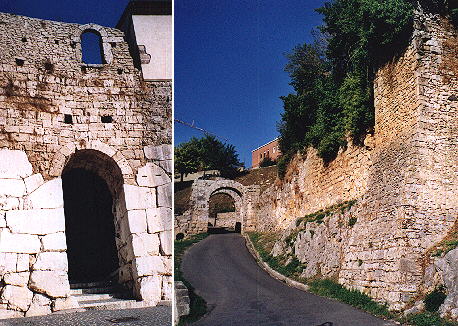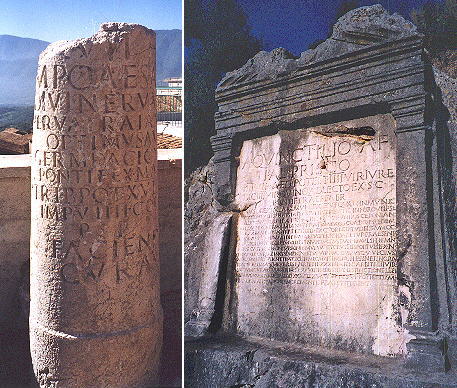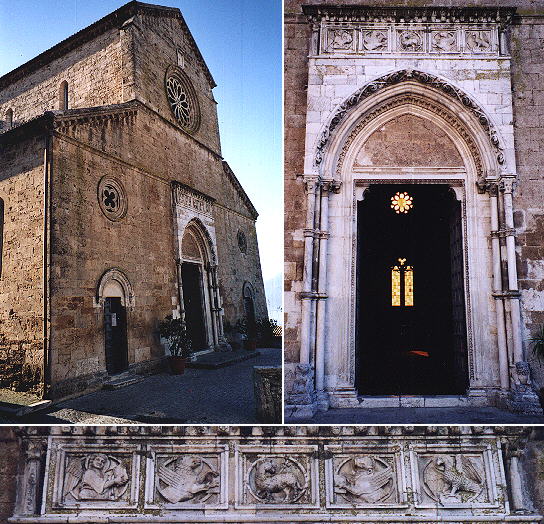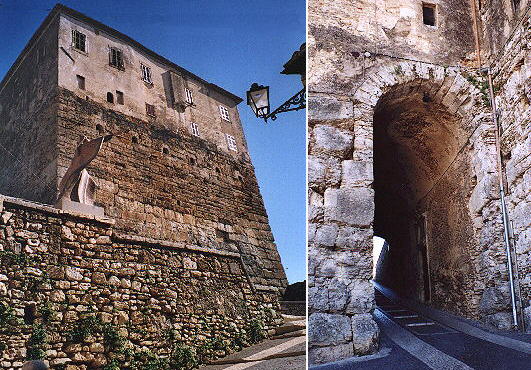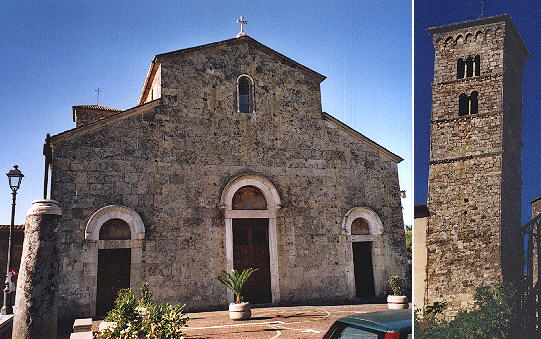  Ferdinand Gregorovius' Walks - Ferentino
In 1858 Gregorovius spent his third summer in Genazzano and made a visit to Ferentino and Alatri (Aus den Bergen der Herniker).
Ferentino is surrounded by ancient walls which show three different structures: the lower part was built before the Roman conquest and it is made by large stones of irregular shape, but with matching profiles in a sort of gigantic puzzle. The middle layer is Roman and on top of this there are medieval additions. This is very clear in Porta Sanguinaria and Porta Casamari.
Being a historian, Gregorovius was very much interested in the many inscriptions which can (still) be found in Ferentino. So one day he went to see the Will an inscription sculpted directly in the rocks and celebrating Aulus Quintilius a very rich man who in the IInd century A.C. left a fortune to Ferentino. The inscription provides details on how the revenues of the donation should be employed.
Ferentino has one of the finest medieval churches in the region. S. Maria Maggiore was built in the XIIIth century by adding some gothic features to a previous Romanic building.
The top of the hill was fortified but little is left of this fortress (the contrary occurs in Alatri where the walls of the Acropolis are well preserved, while the colossal walls surrounding the town are barely noticeable). Gregorovius wonders about the need to build such powerful defences: clearly the fights between the different pre-Roman tribes were very fierce and cruel.
On the highest terrace of the Acropolis the bishops of Ferentino built a small cathedral and their own palace making use of the existing Roman buildings. The Cathedral in its present state goes back to the early XIIth century.
Gregorovius left Ferentino to go next to Alatri. Introductory page on Ferdinand Gregorovius Alatri Other walks: The Roman Campagna: Palestrina Genazzano Paliano Anagni The Volsci Mountains: Valmontone Segni Norma Cori On the Latin shores: Anzio Nettuno and Torre Astura Circe's Cape: Terracina San Felice The Orsini Castle in Bracciano Subiaco, the oldest Benedictine monastery See my Home Page on Baroque Rome or my Home Page on Rome in the footsteps of an XVIIIth century traveller. |
All images © 1999 - 2003 by Roberto Piperno. Write to romapip@quipo.it
